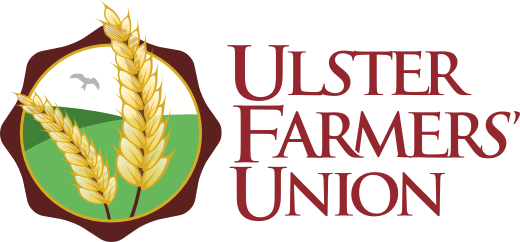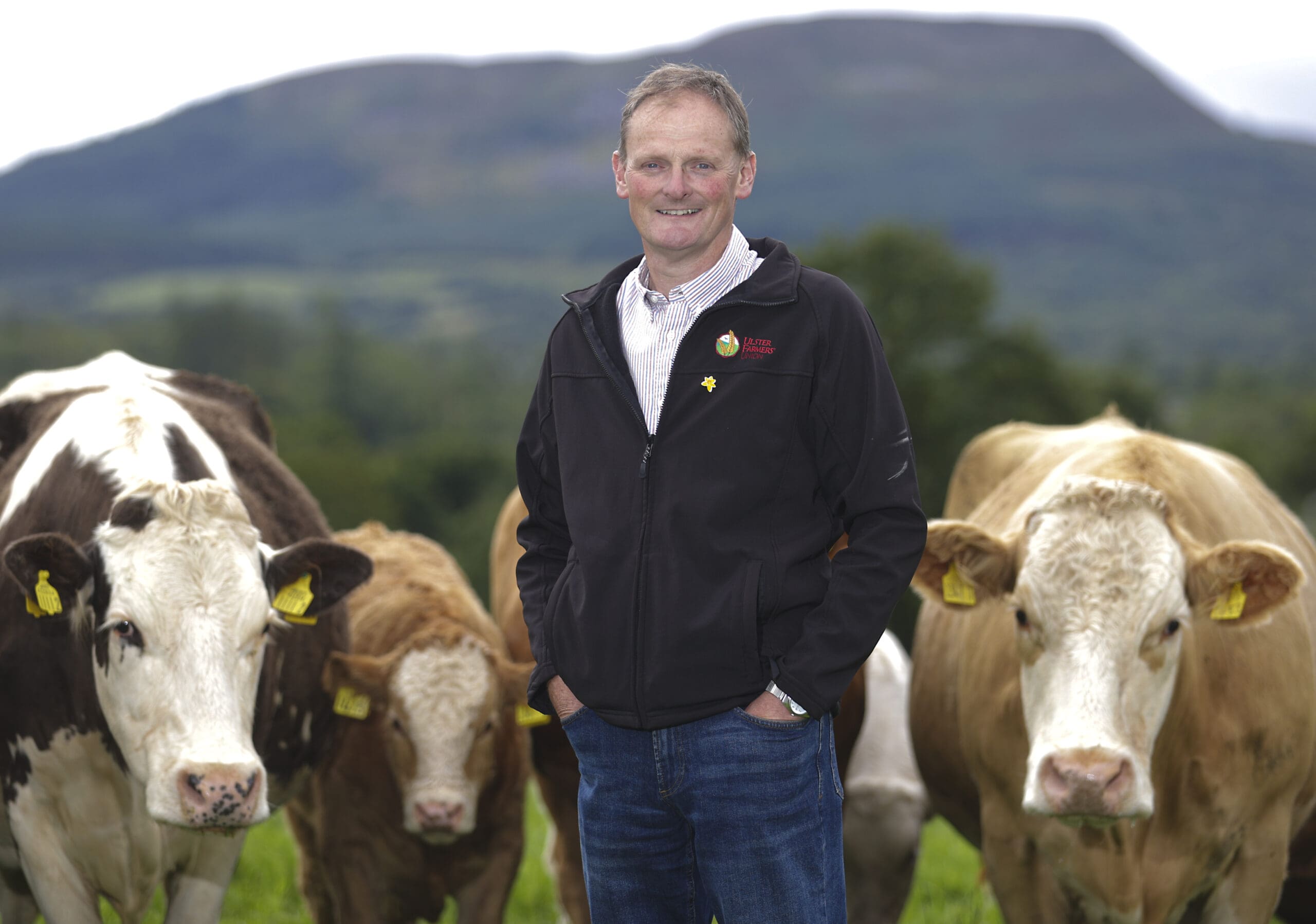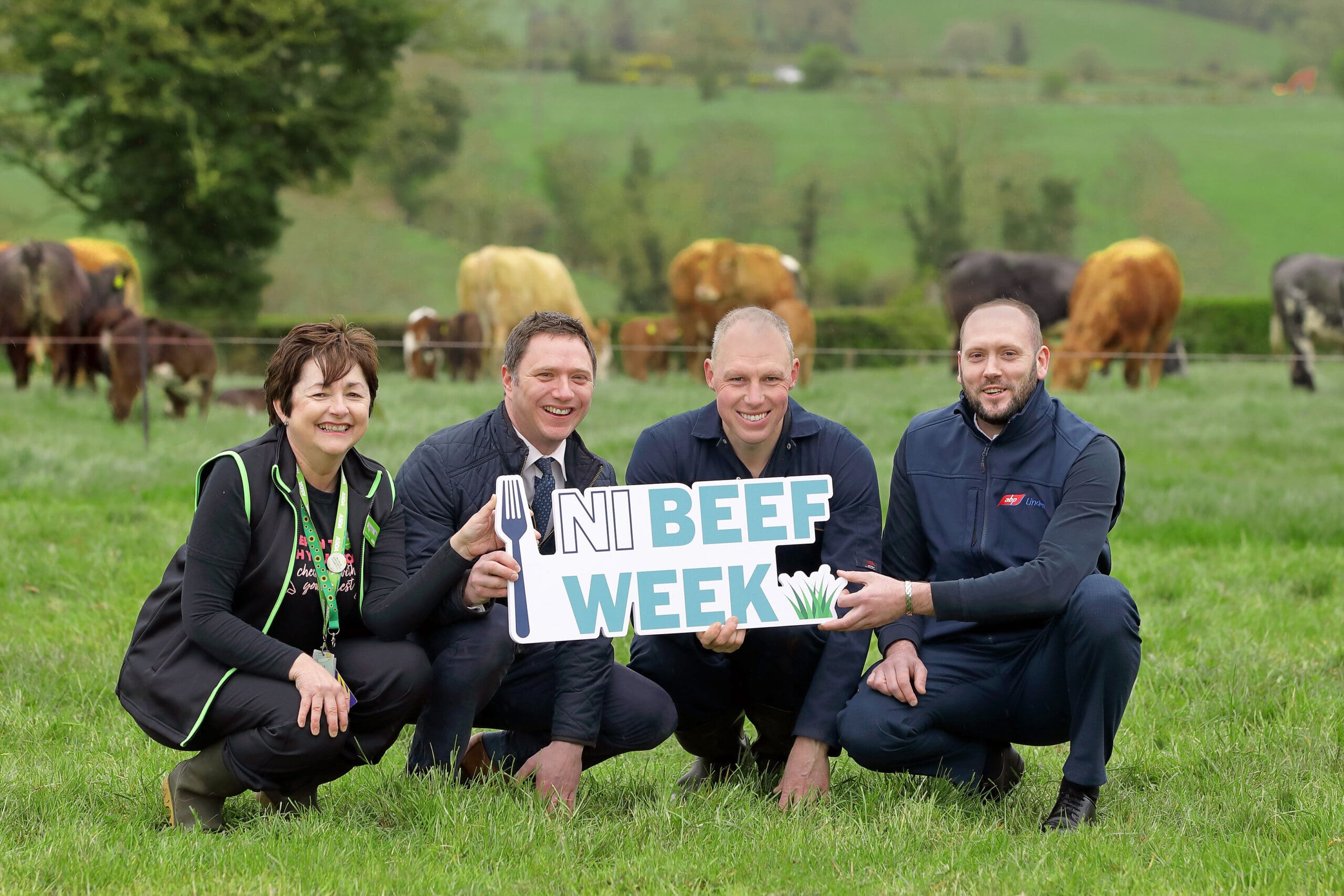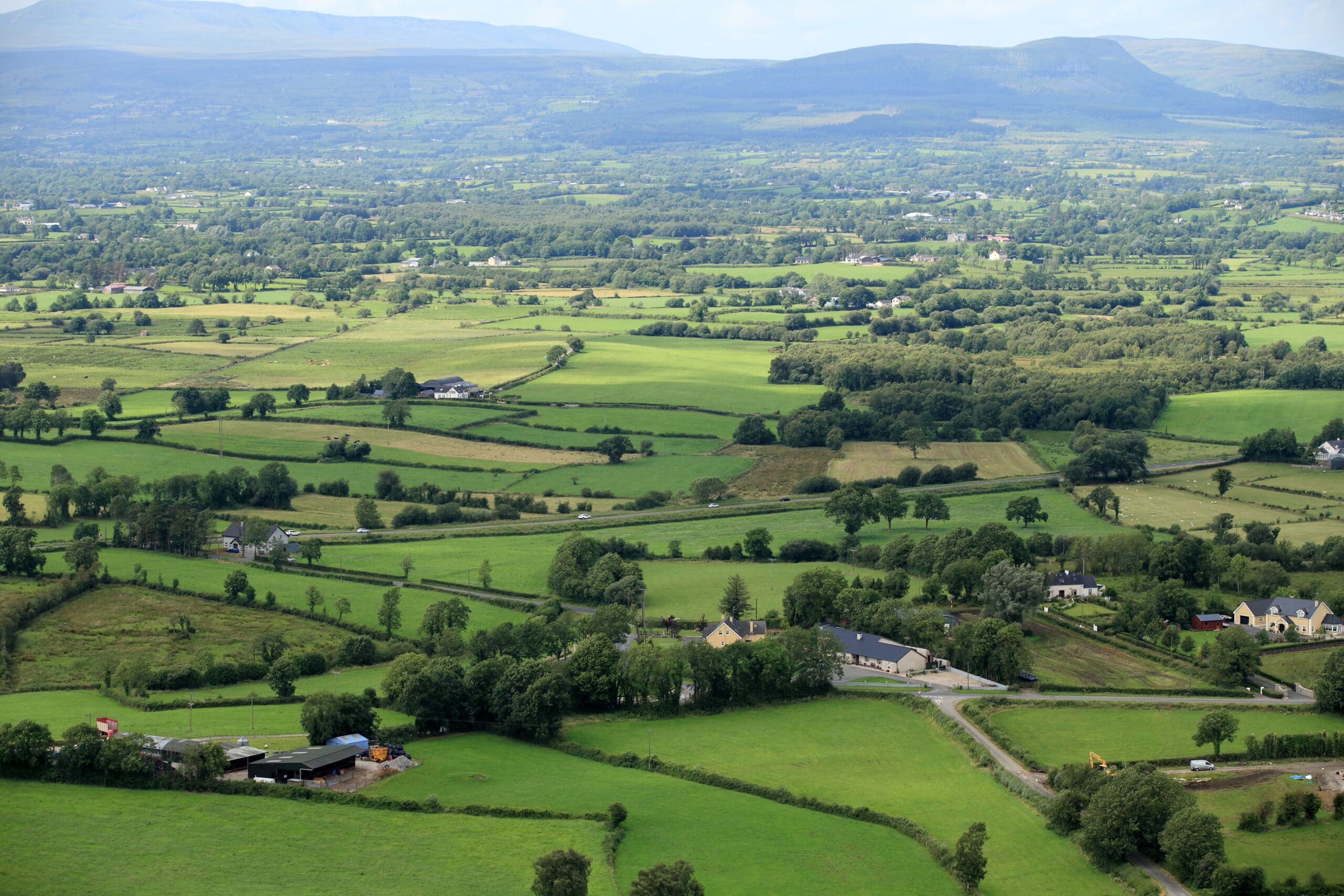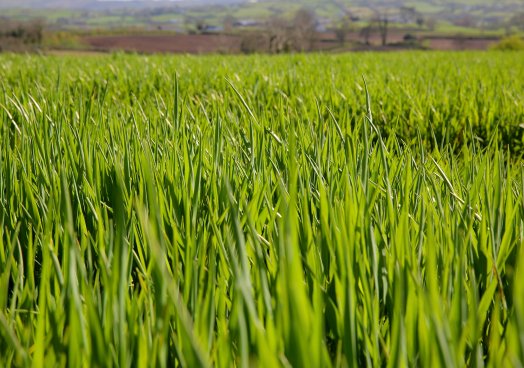
Commodity Watch
This week the Greenhouse Gas Implementation Partnership (GHGIP) launched its ‘Phase 1’ report which demonstrates how local farmers are implementing a series of on-farm efficiency measures which are increasing profitability on farms and also reducing greenhouse gas (GHG) emissions.
The agricultural sector is a source of three major Greenhouse Gases (GHG); carbon dioxide, methane and nitrous oxide. Agriculture can however, also play an important role as a carbon sink, storing carbon in the soil and plant matter. The nature of agriculture GHG emissions is very different from other sectors of the economy. The principal GHG for most industries is carbon dioxide from fossil fuel combustion, while for agriculture, methane and nitrous oxide are the main GHGs. These are much more complex to measure as they are produced during natural processes. Agriculture accounts for 27% of Northern Ireland’s GHG emissions and it is the largest source of GHG emissions in the Province. GHG in agriculture are mainly produced through the production and application of nitrogen fertilisers, and from livestock through enteric fermentation and manure. Therefore producing food will always cause some GHG emissions.
The Ulster Farmers’ Union along with DARD, AFBI, NIMEA, Dairy UK, LMC, NIGTA, NIAPA, forestry and environmental stakeholders have been collectively working on the GHGIP for the past number of years. In 2011, the GHGIP produced the ‘Agriculture and Forestry Greenhouse Gas Reduction Strategy and Action Plan’ which demonstrated a voluntary, proactive framework to reduce emissions and the delivery of on-farm efficiencies. This revolved around four key themes:
- Better livestock management.
- Better nutrient and fertiliser management.
- Optimising renewable energy generation and encouraging fuel efficiency.
- Better land management by locking in carbon in plants, trees and soils.
The implementation of this strategy has been widely supported by industry bodies, DARD and CAFRE with ongoing research at AFBI providing the science to support this plan.
The Phase 1 report launched this week, has outlined that the first stage of the strategy has been a success showing that efficiency measures are being implemented on farms to reduce GHG emissions and therefore also reducing costs. The focus of the GHGIP has been to achieve efficiencies in each farming system so that the average amount of carbon used in producing agricultural output (e.g. a kilogram of beef, pork or chicken, a litre of milk etc) is reduced. This is known as reducing the carbon intensity of local food production. By focusing on lowering carbon intensity, farmers can potentially reduce the overall emissions from farms whilst still increasing production.
Phase 2 of the Strategy is now being developed and will focus on further implementing the various practices outlined in the Action Plan which will deliver efficiencies on farm and therefore lower emissions – a win-win for both farmers and the environment. The UFU will continue to be actively involved in the GHGIP and the development of ‘Phase 2’.
The GHGIP Strategy and Action Plan and Phase 1 report can be downloaded from the DARD website
